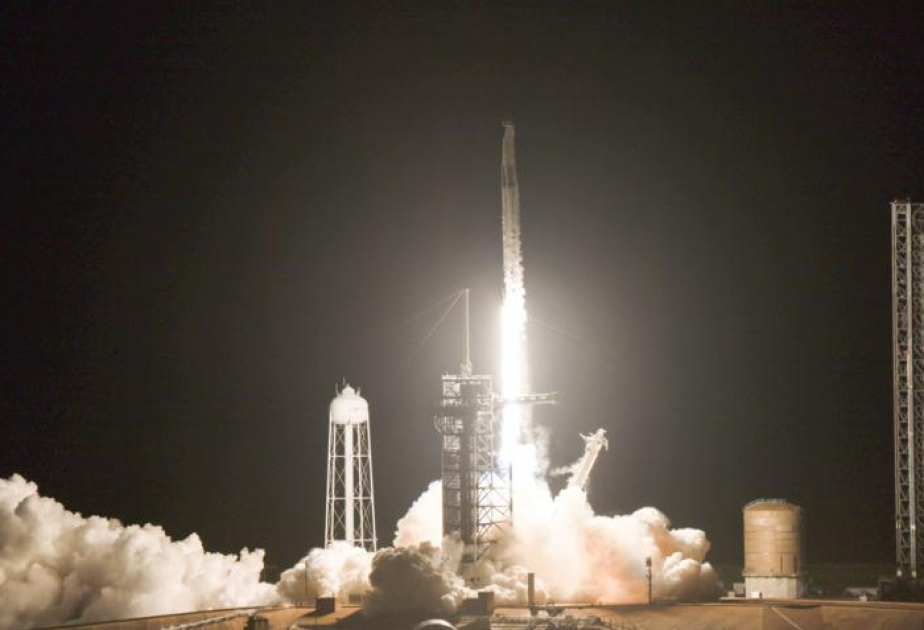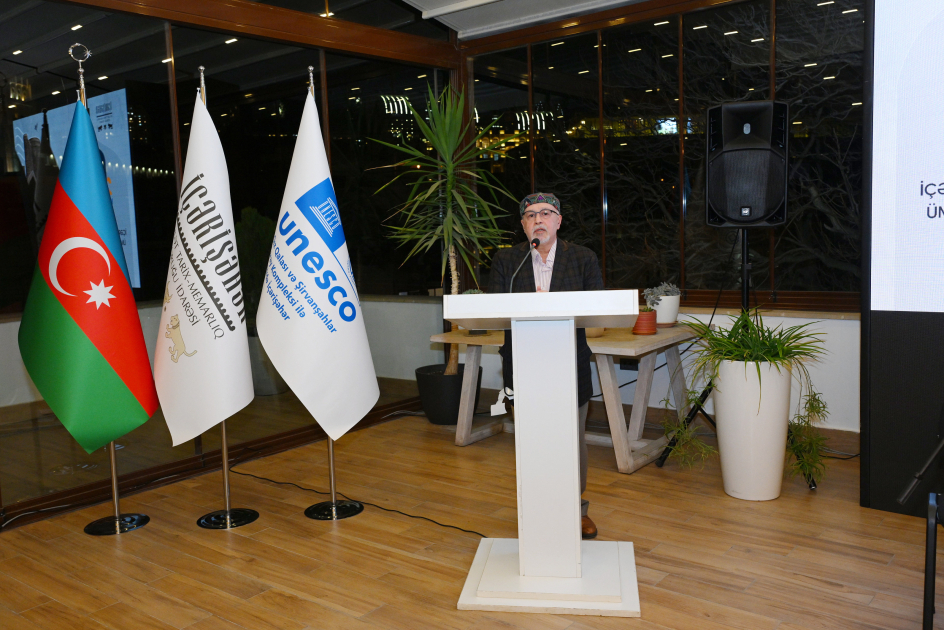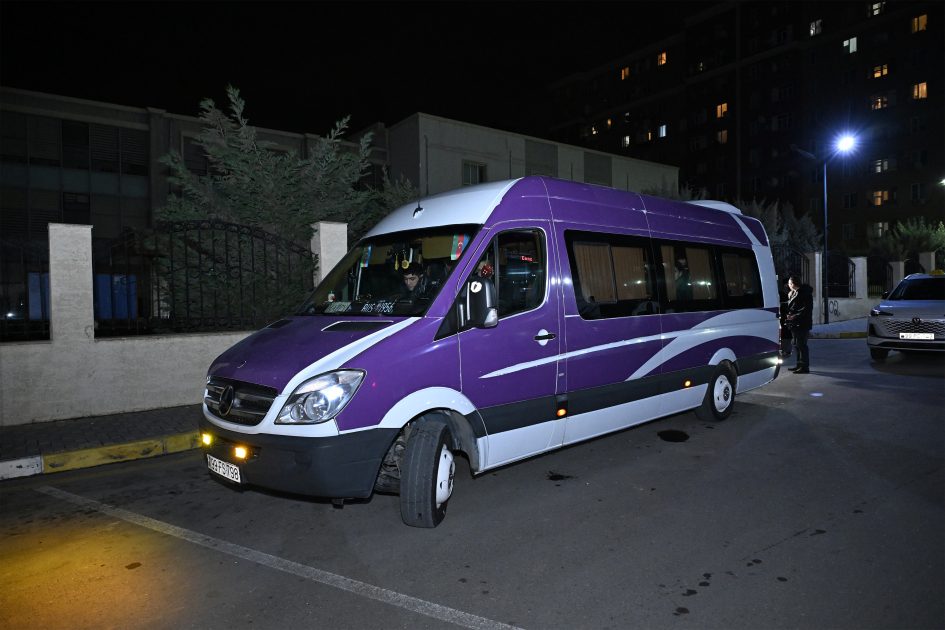The four-person Polaris Dawn mission launched on September 10, with the goal of making some spaceflight history, according to Space.com
Polaris Dawn, which aims to conduct the first-ever private spacewalk, lifted off atop a SpaceX Falcon 9 rocket at 5:23 a.m. EDT (0923 GMT) from historic Launch Complex-39A at NASA's Kennedy Space Center (KSC). Pad 39A also hosted most of NASA's Apollo moon launches, which were the last crewed missions to fly as far as the Polaris Dawn astronauts will travel.
Roaring off the launch pad, the rocket's nine Merlin engines cast a blisteringly bright light on the still waters around KSC, climbing the sky as the fire's glow reflected off the low, early morning clouds to disperse a dim yellow hue for miles around the space center, until becoming another shimmering point among the stars.
The launch was originally supposed to occur on Aug. 26, but SpaceX stood down from that attempt to perform more preflight checks. A try the following day was nixed after the mission team detected a helium leak in the equipment supporting the Falcon 9. The liftoff was then delayed multiple times by bad weather, before Mother Nature finally relented today.
About two minutes and 40 seconds into the launch, the Falcon 9's main engines cut off, and the booster separated from the second stage as planned. The booster then performed a series of burns to align its return trajectory with the SpaceX autonomous droneship Just Read the Instructions, which was stationed in the Atlantic Ocean. Approximately 9.5 minutes after liftoff, the rocket touched down on the barge off Florida's eastern coast.
Polaris Dawn's Crew Dragon spacecraft separated from the Falcon 9's upper stage a little over 12 minutes after launch.




















